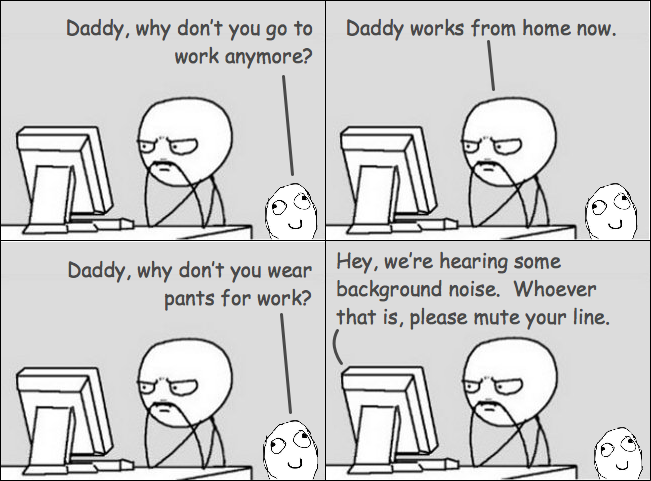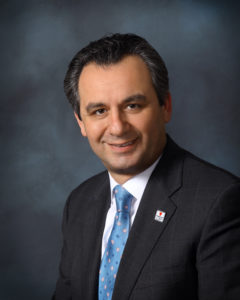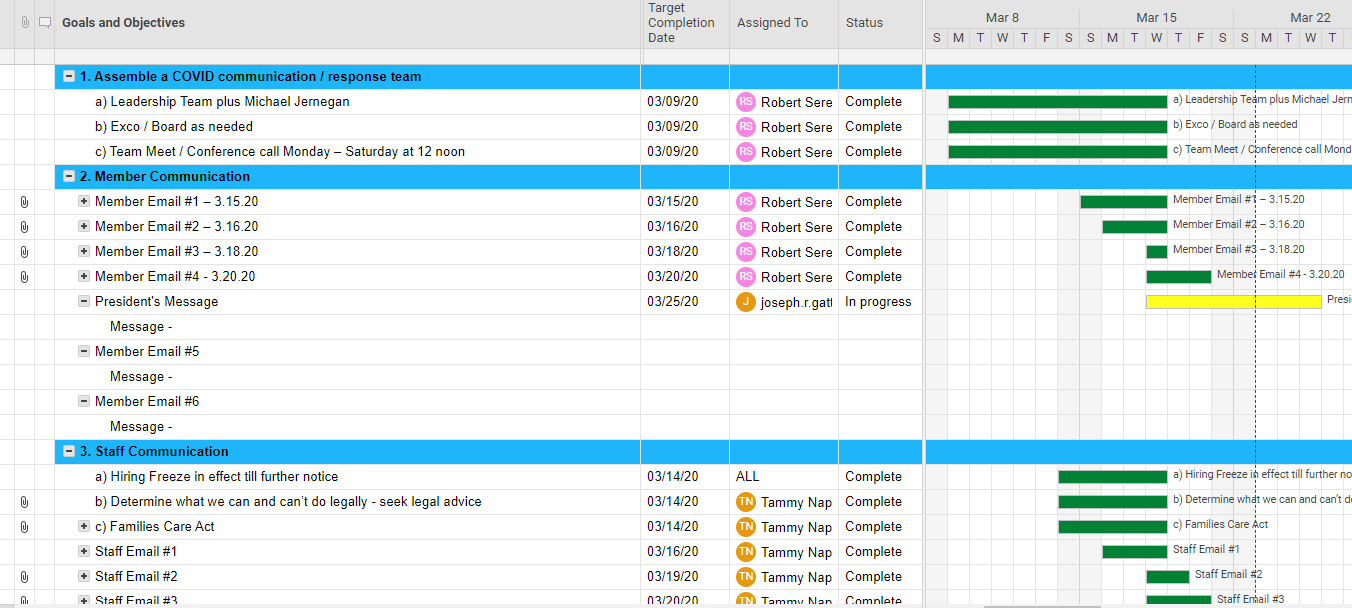This article continues a series of communications from GGA Partners to help private club leaders address challenges confronting their businesses and their employees as a result of the global health crisis. Today, Henry DeLozier discusses steps to take in advance of reopening and ramping up operations.
We may not know what our world will look like after the current crisis subsides and our clubs reopen, but we should be preparing for it nonetheless.
When asked what steps they are taking to prepare their business for the post-coronavirus environment, many small- and medium-sized business owners and managers say they’re taking a “wait-and-see” approach. That attitude may be understandable, with conditions and health and safety guidelines changing by the day, but it’s not advisable.
The more effective strategy is the one that many other businesses are taking to navigate the crisis in creative and productive ways. Their leaders may not know what the future holds, but they’re getting ready to adapt to whatever is necessary to succeed.
As clubs begin to ramp up into a post-virus world, private club leaders, in concert with key operational managers, well-informed members and designated board members, are following four important guidelines:
1. Updating the club’s financial plan.
The business interruption and financial impacts will be profound and may even threaten the club’s existence. The board must reset the club’s financial plan by evaluating the current in-flow of dues revenue and the realistic projection of pending banquet and catering activity. Refer to the club’s historic reference points for revenue as the key component in ramping up successfully. Balance revenue projections with the probable attrition rate caused by members who will leave the club for health and financial reasons.
Plan to restart programs and services in a phased manner that focuses on the most popular and engaging programs in the eyes of your members. It’s important to remember that members may have different priorities in a post-recession world. Knowing what those are through surveys and focus groups is far more advisable than assuming the old normal is also the new normal. Keep in mind that the club may not be able to restart at a level and pace that meets members’ expectations without what may be significant investments.
In a financial sense, the club may be starting over. This can be good for clubs overloaded with expensive debt since it gives them incentive to renegotiate their debt structure. Interest rates are at historic lows and will remain that way for some time. This makes it a good time to restructure the club’s financial plan to remove historic flaws, such as membership-optional communities and outdated governance practices.
2. Strengthening the team.
Every club in your area is affected differently by the pandemic. Some will retain staff with little change. Others will be forced to reduce operations, programs and staff. Some of your own employees will decide not to return or may be unavailable. Be prepared and recruit aggressively to fill and strengthen key positions on your team. It’s also a good time to review and update personnel records, roles and benefits.
3. Introducing new social programs.
As leaders hit the reset button, remember that private clubs enjoy an emotional relationship with their members far more than a transactional one. When evaluating and creating programs, consider the following:
Members will want to see one another and be seen. There will be a great opportunity for friends to be reunited and reminded that their club is a safe haven for their families and friends.
Look at events that are either successive – where one event sets the stage for the next – or part of a series of similar events. Give members the sense of ongoing relationships rather than one-off types of events. (Example: “around-the-world” theme parties featuring different destinations members traveled to without leaving the comfort of the West Bay Club in south Florida, executed by Brian Schultz, the club’s former manager.)
4. Host member information exchanges.
As members anticipate their clubs reopening, they will have lots of questions, which can be boiled down to “What’s changed – and what hasn’t?” Get ahead of the onslaught of questions by anticipating as many as you can and communicating the answers widely through email, newsletters and social media.
We may not know what the new normal will look and feel like until it arrives. Meanwhile, we know members will be anxious to return to their clubs and to take advantage of all it offers them. Taking the steps outlined above will help get your club ready.













 You can’t predict a crisis, but you can – and should – plan for one.
You can’t predict a crisis, but you can – and should – plan for one.

